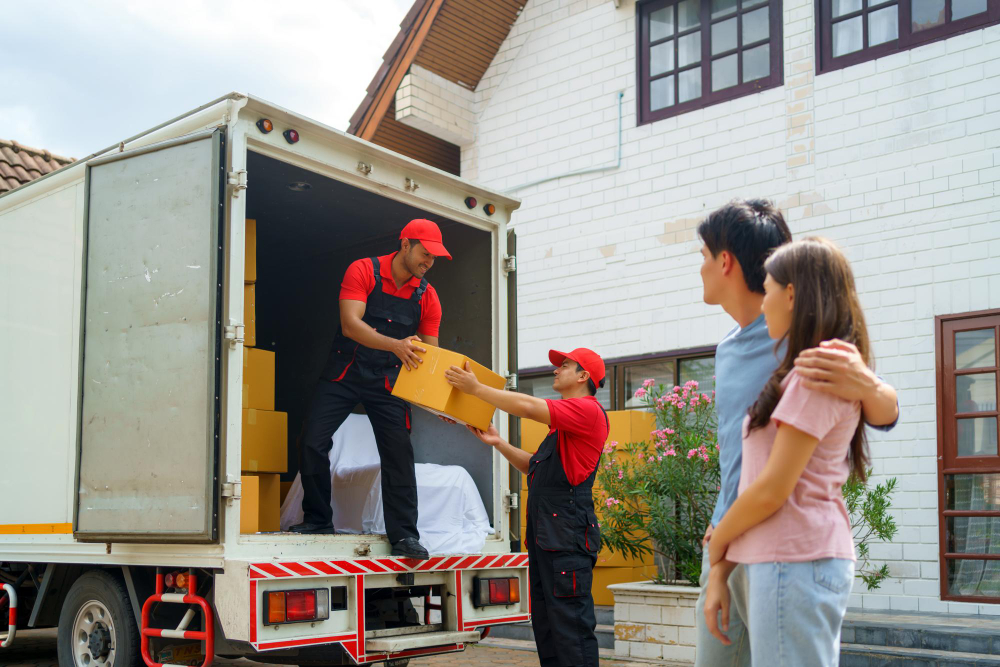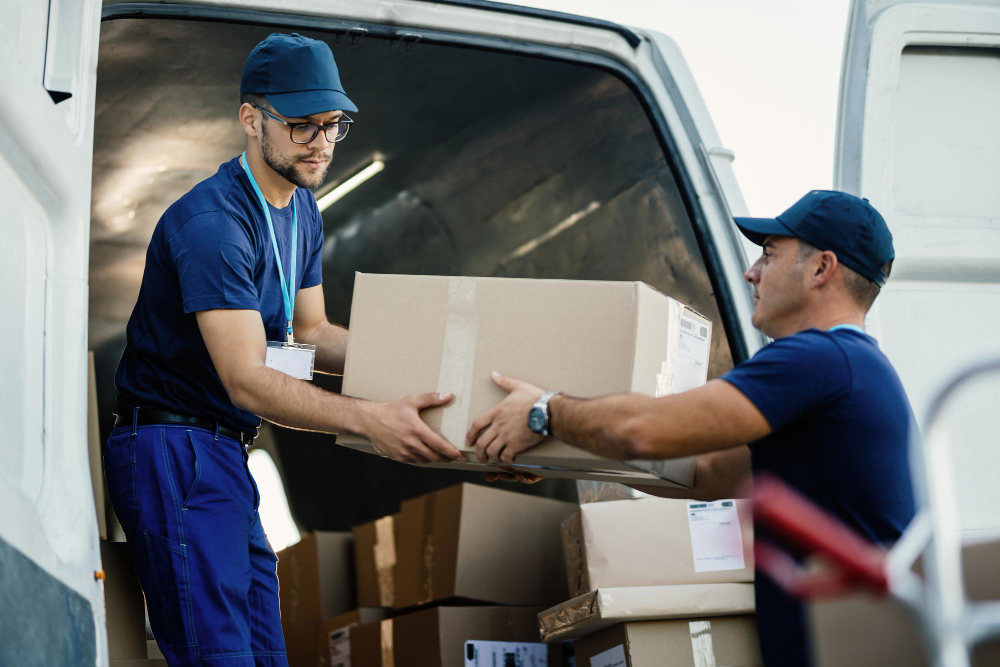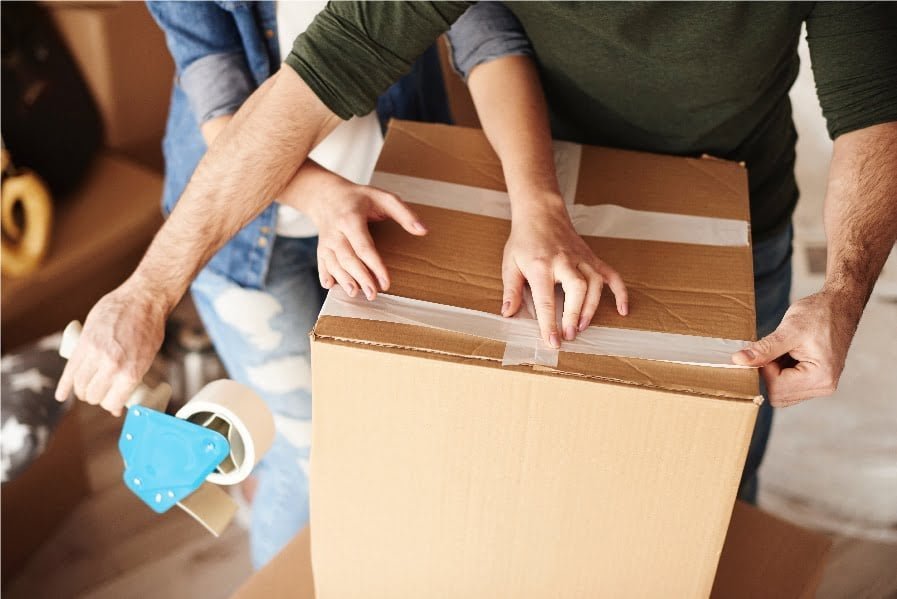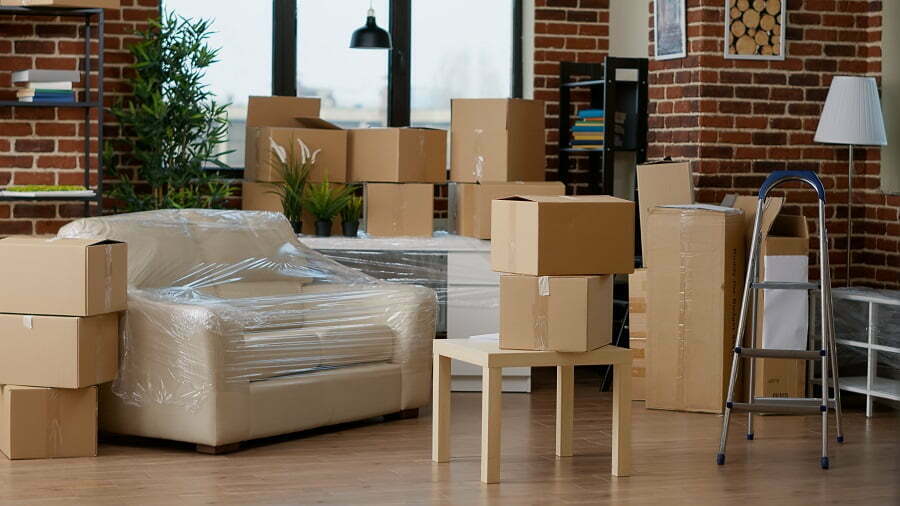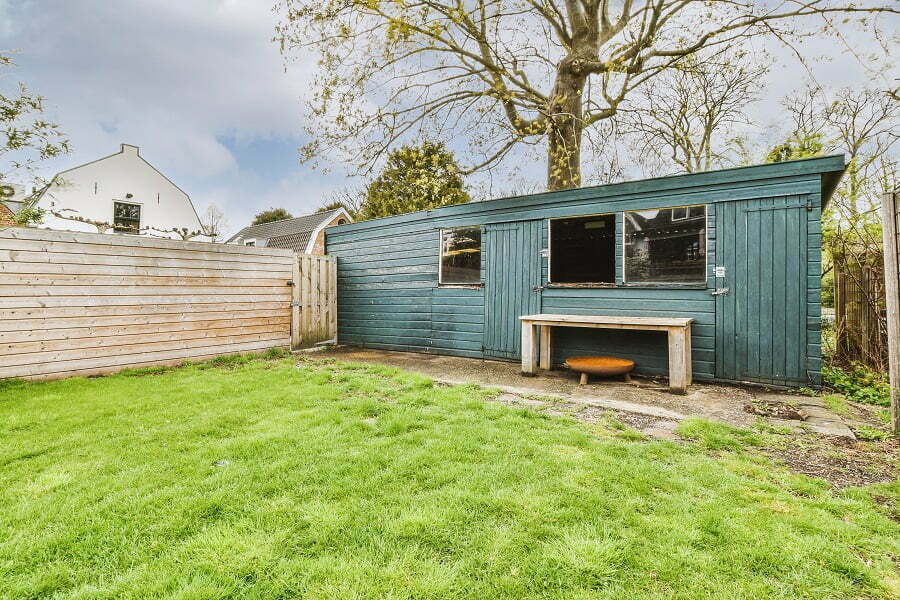Last updated on
Are you about to pack some unused things for long-term storage in a garage or a storage unit? Here’s how to pack them.
In a nutshell:
- Don’t use cardboard boxes.
- Use large plastic bins for long term storage.
- Put large and heavy items on the bottom, light ones on the top.
- Use bubble wrap with fragile items.
- Get good storage unit and someone to look after it.
Long-term storage is different from packing for short-time storage or in preparation for moving items. Your items must be fully protected for the long such as preparation and safe packing being equipped. Differently from packaging for short time storage or preparing for moving items, your things need to be fully protected while prepared and packed with care.
Decide What to Put into Storage
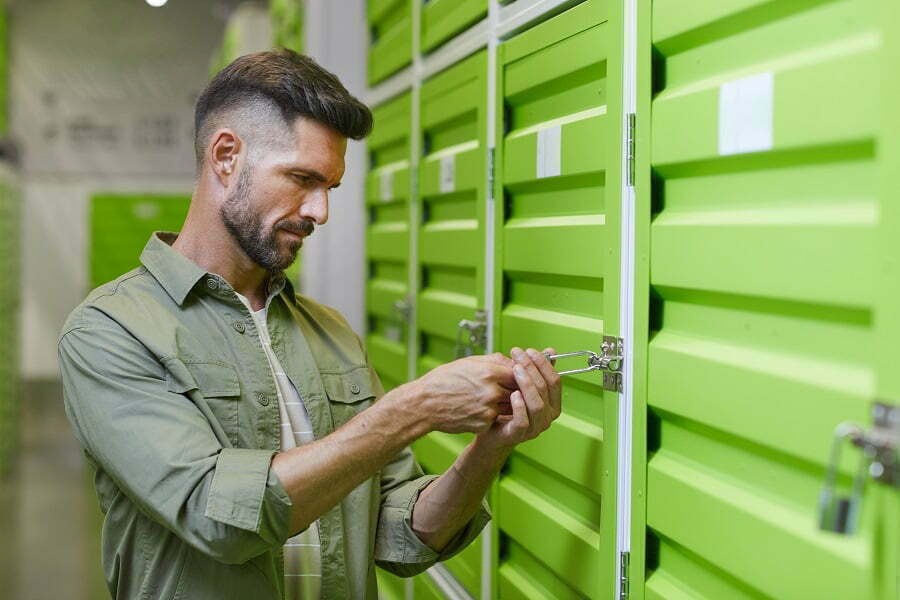
Regardless of why you need long-term storage, first, take time to decide which items are worth storing. You will have a better understanding of how much it might cost so you can make your decision.
To decide what items to store for a future date, you must assess each individually. Is it functional and convenient? Is it in good overall condition? Is it high quality (expensive)? Does it have any sentimental value? If the answer is more than two of these questions, then keep the item out of storage. These are just examples of what may be worth storing.
How Much Stuff You Need to Store
Stuff comes in all shapes and sizes. Your needs will determine what could be fit for you to store your stuff there. Think about the size of containers and a storage unit you want to get.
Pack Items Properly
If you want to store your items securely for a longer time, make sure they are well packed and that breakable are thoroughly protected. You should stack the boxes well for them not to move if an earthquake occurs or something as when it might happen. You should also avoid shifting furniture on the ground. Putting your belongings in long-term storage is good, but it will be best if you correctly pack them first and think of what might happen to them during the bearing process by earthquakes or
Use a Climate Controlled Storage Units
This document is about deciding how to pack things before putting them in storage. If you have electronics or wood furniture, decide to store them in a climate-controlled unit as these can be affected by extreme temperatures when not stored properly. It’s advised for long-term storage – if this will take place over multiple seasons, then keep your items in a climate-controlled unit. It states that. Belongings that are climates sensitive, such as electronics or wood furniture, may be damaged by temperature changes and weather without proper protection and should either be stored within the home environment or a secure climate-controlled facility.
Purchase Travel and Storage Insurance
Owners of long-term storage units may want to purchase insurance for their belongings if something happens due to the unit being unattended. However, it is important to research your current policy and see if additional insurance is needed for any items stored outside the unit on site. To add another layer of security, look into whether or not your current policy provides you with coverage for stored off-site items in a long-term storage facility and within a short time frame.
Get Someone to Regularly Check Your Storage
It’s a good idea to get someone you know to check in to see your storage unit from time to time. And if you need, they would be able to send you some item if it becomes necessary. They would also be able to respond quickly if there was any problem that needs address at the moment.
Set Up Your Storage Rent on Autopay
Pay attention to whether or not your bank offers auto-debit for paying bills; you can have them automatically take the money for a bill from an account when they are due – Put in an address where you want the payment to go so they don’t put it on autopay, like at a friend’s house. It is essential that if you do this, be sure your friend agrees to accept the payment first.
Packing Materials
Though the goal may be to have highly regarded items later, and it may seem like generic packaging will be helpful, it is less practical in all circumstances. Many packages are not appropriate for long-term use – boxes from grocery stores or similar places are usually more susceptible to mildew and collapse before time is up than other solutions.
Clear plastic bins can be useful both short-term or long as they are sturdy, transparent, easy to carry. Other factors should not dictate which solution is used in preparatory methods – if fragile items are a concern either way when packed, packing them with bubble wrap or packing peanuts will likely still protect them by cushioning during the process of being stored. With heavier goods on the bottom and lighter ones on the top during packing and unpacking, this can help keep valuables protected throughout without variation based on the location chosen for transport.
Labeling your boxes can make the difference between opening, re-opening, and closing numerous boxes to find what is inside if you are not just going by memory. Using labeling on your boxes for either storage situation makes storage easier. Still, it becomes even more important with long-term storage, where people tend to go by memory and eventually lose time opening and closing multiple boxes instead of wasting time in the first place.
Air Flow
To maximize space and keep things fresh during the long-term storage, pallets on either end with a leave of about 2 inches should be left between boxes. Space should also be left in places where boxes are against the floor or walls.
Dust
Dust is microscopic particles in the air broken down from things like wood paint, brick, and concrete surfaces and fabrics. Dust covers and tarps can prevent a lot of damage, so they are recommended for long-term storage or short-term storage in dusty environments.
Humidity
Too many household items can deteriorate in storage. When stored too long in humid environments, pictures will curl, furniture may yellow from the humid air, instruments may rust, and wood can deteriorate rapidly. You should never use plastic bags for the long-term storage of clothes and fabrics because they trap moisture and are a bad choice when storing these items in hot climates unless vacuum sealed.
Household appliances aren’t safe at all for those storing them either. Appliances need to be wiped down thoroughly and left open with doors to ensure that there is always air flow inside the appliance while it’s being stored.
Recap
Liked this article? Here's what you can read next:
